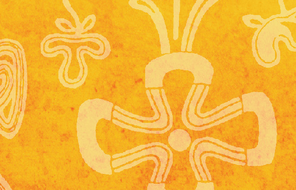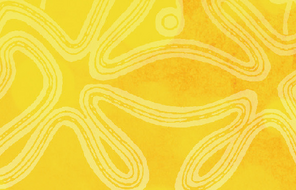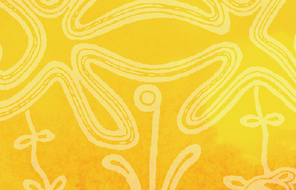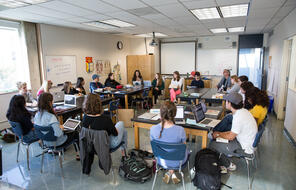Overview
About This Lesson
In this lesson, students will be introduced to a framework for understanding human behavior during the Nanjing atrocities and consider the range of choices available to individuals, communities, and nations in the midst of war. Students will read firsthand accounts in which perpetrators, bystanders, upstanders, resisters, and rescuers describe their choices during this period and reflect on both the reasons behind their actions and the consequences. Students will grapple with questions of moral responsibility, and they will reflect on why some people decided to rescue and resist—by establishing the Nanjing Safety Zone—while others stood by or even condoned the atrocities that occurred.
Preparing to Teach
A Note to Teachers
Before you teach this lesson, please review the following guidance to tailor this lesson to your students’ contexts and needs.
Activities
Day 1
Day 2
Assessment
Extension Activities
Materials and Downloads
Quick Downloads
Download the Files
The Nanjing Atrocities: The Range of Responses
Bearing Witness to the Nanjing Atrocities
Justice and Judgment after the Nanjing Atrocities
Unlimited Access to Learning. More Added Every Month.
Facing History & Ourselves is designed for educators who want to help students explore identity, think critically, grow emotionally, act ethically, and participate in civic life. It’s hard work, so we’ve developed some go-to professional learning opportunities to help you along the way.
Exploring ELA Text Selection with Julia Torres
On-Demand
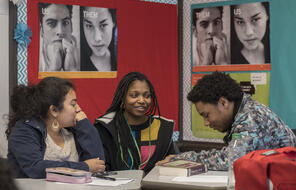
Working for Justice, Equity and Civic Agency in Our Schools: A Conversation with Clint Smith
On-Demand
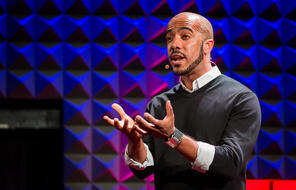
Centering Student Voices to Build Community and Agency
On-Demand
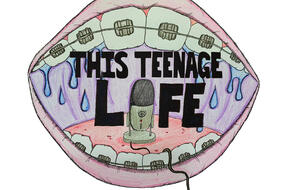

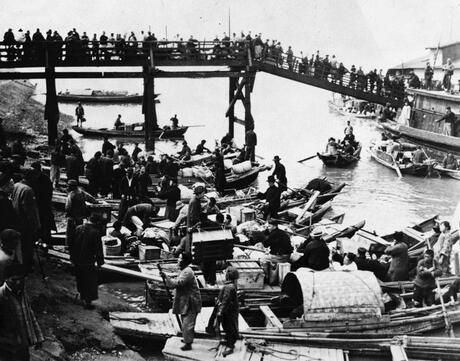
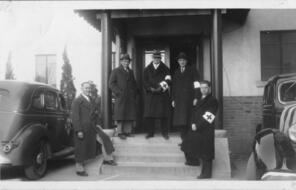
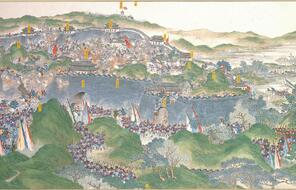


![Japanese-Chinese War ADN-ZB / Archive The Japanese Aggression and China's National Liberation Struggle Against the Agressors 1931-1939 Japanese troops taking Nanking. Ann .: January 1938 [Second Japanese-Chinese War, China.- Taking Nanking by Japanese troops.]](/sites/default/files/styles/dynamic_stack_296_1x/public/2022-05/Bundesarchiv_Bild_183-U1002-502%2C_Japanisch-Chinesischer_Krieg_Medium_res.jpg?h=048697cd&itok=0w4tu3v2)

